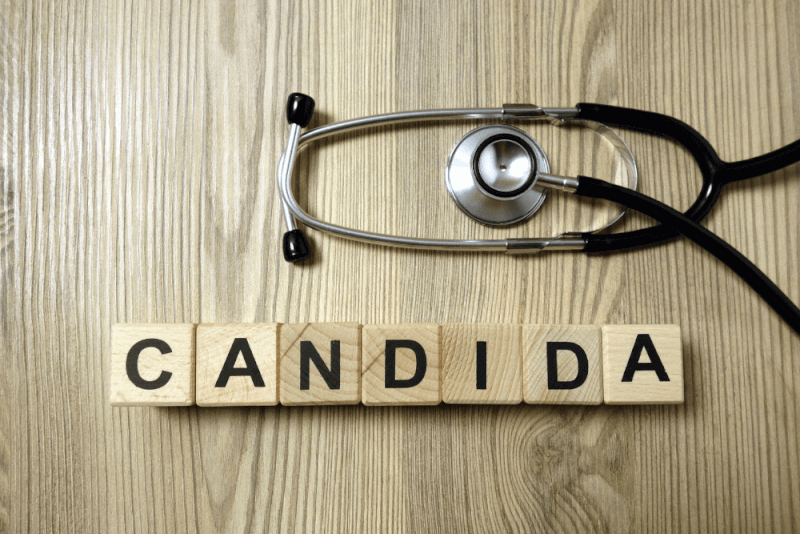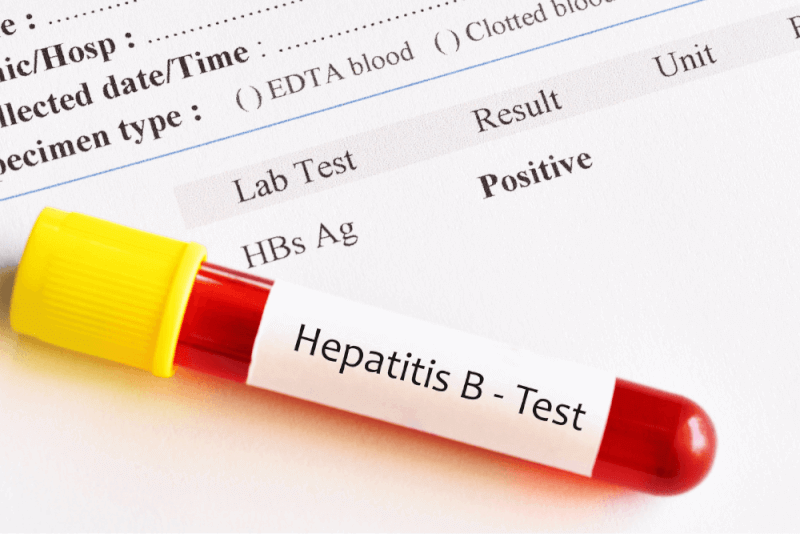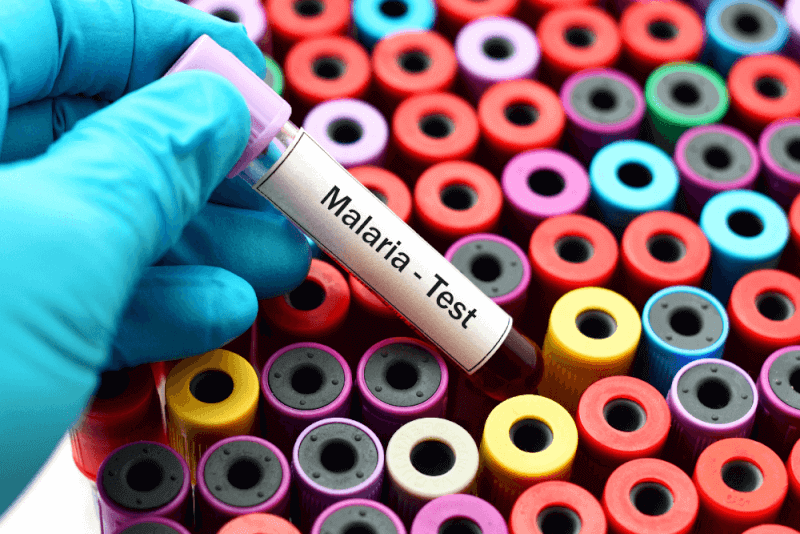What is Candida fungus (Candida albicans)?
Candida is a type of fungus that occurs naturally and in small amounts in the body. It is usually found on the skin, in the mouth and in the intestines. Other healthy bacteria in the body play an active role in controlling the balance of candida. If candida, one of the yeast fungi, is out of balance, its amount increases and causes infection.
What is candida infection?
If the candida balance is disturbed, it is possible for it to grow excessively and turn into an infection. This condition is called candidiasis. Common infections include vaginal yeast infections, thrush and diaper rash
Candida fungus, which is found in small amounts in everyone, affects different people differently. It is more common in infants, children, denture wearers, older adults, birth control pill users, pregnant women, hormone users, antibiotic users, people with weak immune systems, hospitalized patients, catheter users and people who have undergone surgery.
Causes of candida infection
The causes of Candida infection include the following.
- Feeling stressed
- Failure to manage diabetes
- Weakened immune system
- Feeding a diet high in refined carbohydrates, yeast and sugar
- Taking antibiotics, steroids or hormones
Candida fungus (Candida albicans) symptoms
The symptoms of candida infection vary depending on where the fungus grows more. These are the areas where the candida fungus naturally lives. Among the places where symptoms can be seen are the following.
- In the mouth and throat
- In the vagina and rectum
- Near the diaper area
- In the skin fold
Candida fungus (Candida albicans) diagnostic criteria
The diagnosis of Candida infection requires a visual examination of the area and information about the type and duration of symptoms. In order to provide a comprehensive treatment plan, tests are performed to determine the exact nature of the infection. These tests include the following.
Culture tests
Specialists clean the infected area with cotton swabs and then examine the sample under a microscope for yeast and bacterial species.
Endoscopy
In case of thrush, the doctor may order an endoscopy test to examine the esophagus, stomach and small intestine.
Candida fungus (Candida albicans) treatment methods
As it is a type of fungus, antifungal medication is used to treat it. Dietary changes and hygiene changes may also be necessary.
Candida fungus (Candida albicans) drug treatment
Antifungal medicines used in the treatment of Candida fungus can be taken orally or topically. Oral medicines can be in the form of tablets, liquids or pills, while creams or ointments applied directly to the affected area can also be prescribed. Instructions on how to use them should be followed properly to ensure that the infection is cleared and does not return
Candida fungus (Candida albicans) and nutrition
A special diet, also called a candida diet, can help prevent the growth of the fungus as well as reverse it. There are 10 principles that should be considered when creating a special diet for Candida fungus. These principles include the following.
- Avoid added sugar
- Consume non-starchy vegetables
- Eating low-sugar fruits
- Consume plenty of fermented foods
- Minimizing caffeine
- Consuming gut-healing foods
- Consume healthy proteins and fats
- Avoid smoking
- reduce alcohol
- Have a quality diet
- Consume plenty of water
Foods that should be excluded from the diet when candida infection include the following.
- Aspartam
- Sugar cane
- Corn syrup
- Honey
- Maple syrup
- Pekmez
- Sugar
- Barley
- Rye
- Wheat
- Muz
- Hurma
- Fruit juice
- Grapes
- Mango
- Dried grapes
- Processed meats
- Shellfish
- Swordfish
- Tuna
- Cheese
- Cream
- Nut butter made from moldy nuts
- Barbecue sauce
- Horseradish
- Ketchup
- Mayonnaise
- Soy sauce
- White vinegar
- Margarine
- Soybean oil
- Sunflower oil
- Bira
- Cider
- Alcoholic drinks
- Wine
- Energy drinks
- Black tea
- Coffee
The foods recommended to be eaten in the Candida diet include the following.
- Enginar
- Asparagus
- Broccoli
- Brussels sprouts
- Cabbage
- Cauliflower
- Celery
- Cucumber
- Aggplant
- Raw garlic
- Kale
- Onion
- Ispanak
- Domatoes
- Pumpkin
- Avocado
- Olive
- Buckwheat
- Millet
- Oat bran
- Quinoa
- Teff
- Hamsi
- Chicken
- Egg
- Ringfish
- Sea salmon
- Sardines
- Hindi
- Butter
- Kefir
- Yogurt
- Coconut
- Almonds
- Flaxseed
- Nuts
- Sunflower
- Apple vinegar
- Feslehen
- Black pepper
- Cinnamon
- Carnation
- Dill
- Ginger
- Thyme
- Red pepper
- Rosemary
- Salt
- Turmeric
Types of Candida fungal infection (Candida albicans)
Candida fungus can cause infection if the vaccine proliferates in the areas where it naturally occurs in the body. For this reason, candida infection is divided into subtypes.
Vaginal Candida Fungus
When candida fungus multiplies in the vagina and causes infection, it is called vaginitis. Three out of every 4 women suffer from vaginal yeast infections at least once in their lifetime. Genital yeast infections can also occur in men. However, this is a rare condition. Among the factors that can cause vaginal candida infection are the following.
- Pregnancy
- Diabetes
- Some medications, including antibiotics and birth control pills
- Vaginal douching, vaginal sprays, lubricants or spermicides
- Weakened immune system
- Use of wet swimwear or exercise clothing
- Non-breathable underwear
The factors that cause Candida infection in men include the following.
- Not being circumcised
- Diabetes
- Having a weakened immune system
- being overweight
- Not washing regularly
- Having sex with a partner with vaginal candida infection
Vaginal Candida Fungus symptoms
Symptoms of vaginitis include the following.
- Burn
- Itching
- Redness
- Current
- Discomfort during sexual intercourse
- Thick white discharge from the vagina
The symptoms that will occur in case of yeast infection in men include the following.
- Penis moist
- White and dull skin
- White or shiny skin
- Redness
- Itching
- Burning
Skin Candida Fungus
Candida fungus is also present in the skin in certain amounts, which can cause infection. Candida infection of the skin is called cutaneous candidiasis. It usually occurs in the armpits, under the breasts and in the skin folds near the buttocks.
The factors that cause candida infection in the skin include the following.
- Hot or humid weather
- Wearing tight or synthetic underwear or clothing
- Not washing enough
- Not changing underwear often enough
- Not changing diapers often enough
- Having a weak immune system
- Pregnancy
- being overweight
- Taking antibiotics or other medications
- Having other skin diseases such as psoriasis
Symptoms of Candida Fungus on the Skin
In case of Candida infection on the skin, the symptoms that can be seen in people include the following.
- Small itchy bumps at the site of infection
- Infection that forms raised and red patches
Candida fungus on the tongue
Candida fungus is also found in the mouth. It often causes infections in babies. Candida infection in the mouth is called thrush or oral candidiasis. Candida infection of the tongue is usually seen in newborns, older adults and people with weakened immune systems. In addition, thrush in the mouth is more likely to occur in the following cases.
- Treatment of cancer
- Medication use such as corticosteroids and broad-spectrum antibiotics
- The use of dentures
- Diabetes
Symptoms of Candida Fungus on the Tongue
Symptoms of candida fungus on the tongue include the following.
- White or yellow spots on the tongue, lips, gums, roof of the mouth and inside of the cheeks
- Rash and pain in the mouth or throat
- Corners of the mouth cracking
- Pain radiating into the throat when swallowing
Candida granuloma
The chronic presence of candida infection on the skin, scalp, mouth or nails is called candida granuloma.
Invasive candidiasis
Invasive candida infection is when candida infection occurs throughout the body as a result of immune deficiency. In this type of infection, also called systemic candidiasis, the infection affects the bloodstream, the heart or the membranes of the skull.
Invasive candidiasis is a serious and life-threatening infection that occurs when candida infection travels to the heart, brain, blood, eyes and bones, usually through the use of medical equipment or devices.
Particularly at risk are people who have recently been hospitalized or live in a health care facility such as a nursing home. People with diabetes, a weakened immune system, kidney failure or antibiotic use increase the risk.
Invasive candidiasis is difficult to diagnose because it presents itself with symptoms such as fever and chills.
Types of candida fungus
The candida fungus, one of the most common fungi that cause infections in humans, is divided into different species. Candida species are closely related to each other, but they are not the same. The full list of species that can cause infection in humans is extremely long. However, the following 5 species are found in 9 out of 10 cases.
- Candida albicans
- Candida glabrata
- Candida tropicalis
- Candida parasilosis
- Candida krusei








